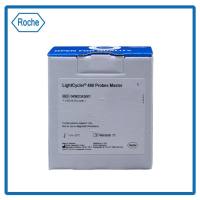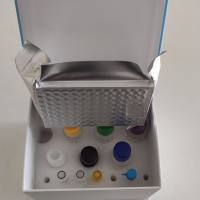Design and Evaluation of 16S rRNA-Targeted Oligonucleotide Probes for Fluorescence In Situ Hybridization
互联网
593
Fluorescence in situ hybridization (FISH) of whole cells using 16S rRNA-targeted oligonucleotide probes is a powerful technique with which to evaluate the phylogenetic identity, morphology, number, and spatial arrangements of microorganisms in environmental settings (1 ). Probes can be designed to specifically target narrow to broad phylogenetic groups (from species to domain) by virtue of variable evolutionary conservation within the 16S rRNA molecule (2 ). The major steps in probe design are identifying short regions (usually 15–25 nucleotides in length) in a sequence alignment unique to the target group of interest, centralizing mismatches to nontarget organisms (where possible), and modifying the sequence to meet probe design criteria such as a minimum melting temperature.








